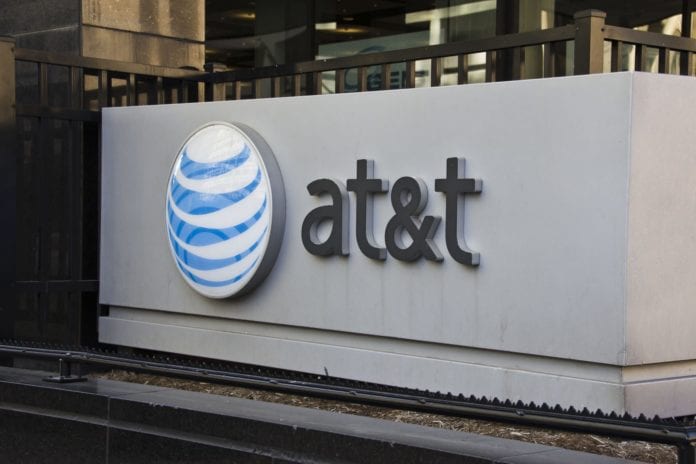AT&T CEO John Stankey previews Q4 numbers, 2022 strategy at Citi conference
AT&T CEO John Stankey previewed AT&T’s fourth-quarter customer numbers and spoke about seeing a back-to-bundles trend in how customers want to purchase connectivity services, while shrugging off an additional two-week delay in C-Band turn-up.
Stankey said at the virtual Citi AppsEconomy Conference that the carrier added 880,000 postpaid phone net additions out of a total of about 1.3 million postpaid net additions during the quarter. AT&T also added 270,000 broadband customers, and beat its own expectations for HBO Max subscribers; Stankey noted that the upper range of its guidance was 73 million and the company was closer to 74 million.
Stankey emphasized that improved customer satisfaction and lower churn are helping to drive overall efficiency and ultimately, profitability for the company. He said AT&T is more than halfway to its goal of reducing costs by $6 billion over a three-year period. This includes a number of completed and pending transactions to reduce its business assets overall.
AT&T’s focus, Stankey said, is “to be a great connectivity company” and move its media assets into a stronger position to “truly become a global media distribution asset. … It’s going to be a great unlock and a great opportunity for shareholders of this company as we move through this year.”
He added later: “We’re going to be a more focused business,” saying that AT&T is working on making sure its remaining assets as “sized and structured appropriately.
“I’d like to see a business that moves a little quicker. It’s a little more agile. It’s a little bit more compressed in terms of how we have management structures and decision making, so people can respond to markets,” Stankey continued.
In terms of the telecom market, he said he sees a “a reordering of industry structure in general where customers don’t necessarily love the notion of having to make a decision to buy one form of connectivity from one company and another form of connectivity from another. … I expect that we’re going to see more consolidated offers going out to customers, where people are selling a bundle of connectivity. And it doesn’t matter where you are or where you need to use it.”
He said AT&T is well-positioned to compete in that type of market because of its extensive fiber infrastructure and integrated networks and “truly bring a unified connectivity approach to the customer.”
In the business segment, Stankey said he expects to see a dynamic where private networks evolve from a largely unlicensed approach to more extensive use of managed networks. He added that while AT&T is strong in its approach to both the top-end and low-end of the business market, it needs to “refine our capabilities in the mid-market and make sure we’ve got the right kind of coverage and approach there and the right product mix” for growth.
In terms of C-Band deployment plans, Stankey was philosophical about the overall impact of a relatively short delay that both AT&T and Verizon have agreed to, in order to address potential interference concerns with aviation safety system.
“When you deploy an air interface like 5G, it’s with you a very long time,” he explained. “A couple of weeks here and a couple of weeks there at the front end of this isn’t, in the context of the grand scheme of what’s going to happen and how you build networks and how you support a customer base, … going to be a big shift one way or the other. I think we need to keep that in perspective.”
He also noted that AT&T is “going to be a bit more deliberate” in its mid-band spectrum approach, since some of the C-Band spectrum it purchased isn’t available until 2023. Still, he added, “As we move through the middle of this year, I think you’ll see us hit our stride on how we get the right kind of pervasive coverage using a collection of mid-band spectrum assets to make sure that that occurs,” with additional room to evolve the network and build upon its strength as additional spectrum comes online.
Asked about what application might fundamentally change demand for connectivity and data consumption over the next few years, Stankey replied bluntly: “There isn’t one.”
He went on to recall when investment in LTE was questioned in its early days. “It almost seems quaint right now that you’d go back and say, aas it worthwhile to invest in LTE and in 4G to give people more speed and more effective and more resilient, more ubiquitous networks? And the answer was, of course.
Stankey added; “I’d ask the question, are wireless networks as effective and as resilient as what you’re accustomed to when you sit in your living room or when you’re at your desk inside of an office building? The answer is not yet.” If there are services and capabilities that people can access in their homes or workplaces but not everywhere, Stankey asked, “Why wouldn’t there be an opportunity to invest to take that somewhere else?”

